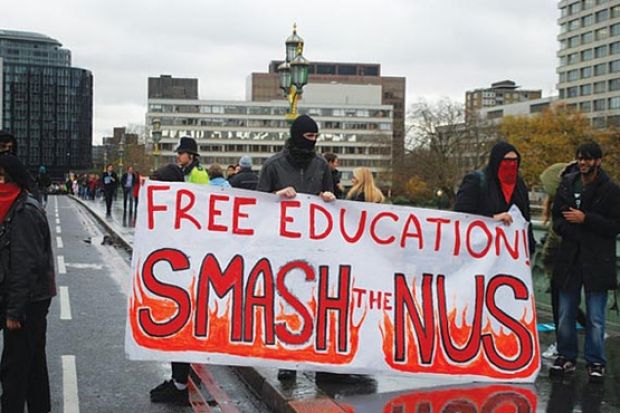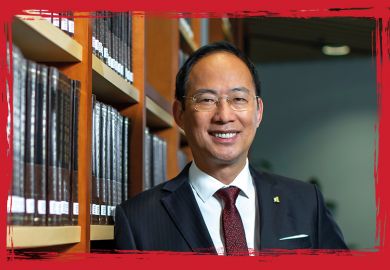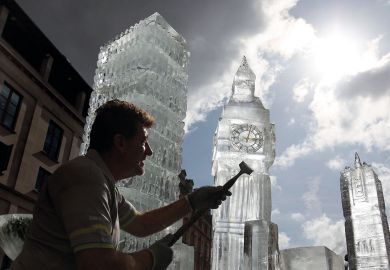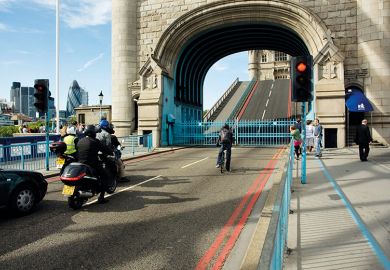Source: Chris Barber
Onward to Kennington! Just 5,000 students marched away from the corridors of power and towards the Oval cricket ground; not everyone got there
In a muddy Kennington Park, the president of the National Union of Students took to a minuscule stage to address the few hundred people who had made it to the end of the union’s first national demonstration since 2010.
Liam Burns ended up dodging eggs thrown by a militant group of anti-NUS students, showed his steel by bantering with the missile throwers (“close”, “right a bit”), before finally cutting short his speech and exiting the flimsy stage as about 15 angry militants invaded it to boos from the crowd.
This was embarrassing for the NUS leadership, which originally opposed holding the event at all, partly because of fears about the potential for violence. Its lack of enthusiasm for the protest may have contributed to the low turnout (around 5,000 marchers).
But perhaps the most damning evidence of the protest’s lack of impact came in the House of Commons. The event’s slogan (“Educate, Employ, Empower”) intended to show that the demonstration concerned issues including the trebling of higher education fees, charges in further education and youth unemployment.
But at Prime Minister’s Questions on 21 November, the day of the protest, not a single mention was made of any of these issues - nor of the demo itself.
In November 2010, the union had attracted 50,000 people to its protest ahead of the Commons vote on trebling tuition fees. During PMQs on 8 December 2010, the day before the vote, Mr Cameron gave the NUS an inadvertent compliment when he claimed that Labour leader Ed Miliband’s idea of authority was following what a “big crowd of students in the Mall” were demanding.
But there was no big crowd this year, to the frustration of left-wing students who point to the concrete political impact of huge student protests against fees in Chile and Quebec, and grumble about the NUS being a careerist training ground for future Labour politicians.
However, Mr Burns is clear in his belief that protests will never be enough on their own to further the NUS cause.
Speaking to Times Higher Education after the event, he highlighted NUS campaigning and said that the union was working with Compass, the left-leaning Labour pressure group, on policy.
He has noted that Compass is close to Jon Cruddas, appointed by Mr Miliband as Labour’s policy review coordinator.
The NUS will work with Compass to hold “a couple of major events on the public good of education” and “on how we can come up with proposals” that could influence Labour’s policies at the next general election, Mr Burns added.
The NUS president has also called on vice-chancellors and universities to make their own case for the “public value of higher education”, implicitly expressing unhappiness with their stances thus far.
But on the day of the protest, students ended up marching through the rain-soaked streets of South London rather than Westminster, chanting about the withdrawal of the Education Maintenance Allowance to bemused looks from locals emerging from newsagents and cafes to see what the noise was about.
As the student Left fumed, it seems the onlookers were not the only ones confused about the NUS’ direction.




